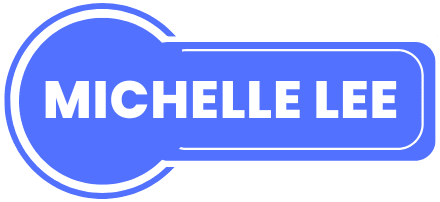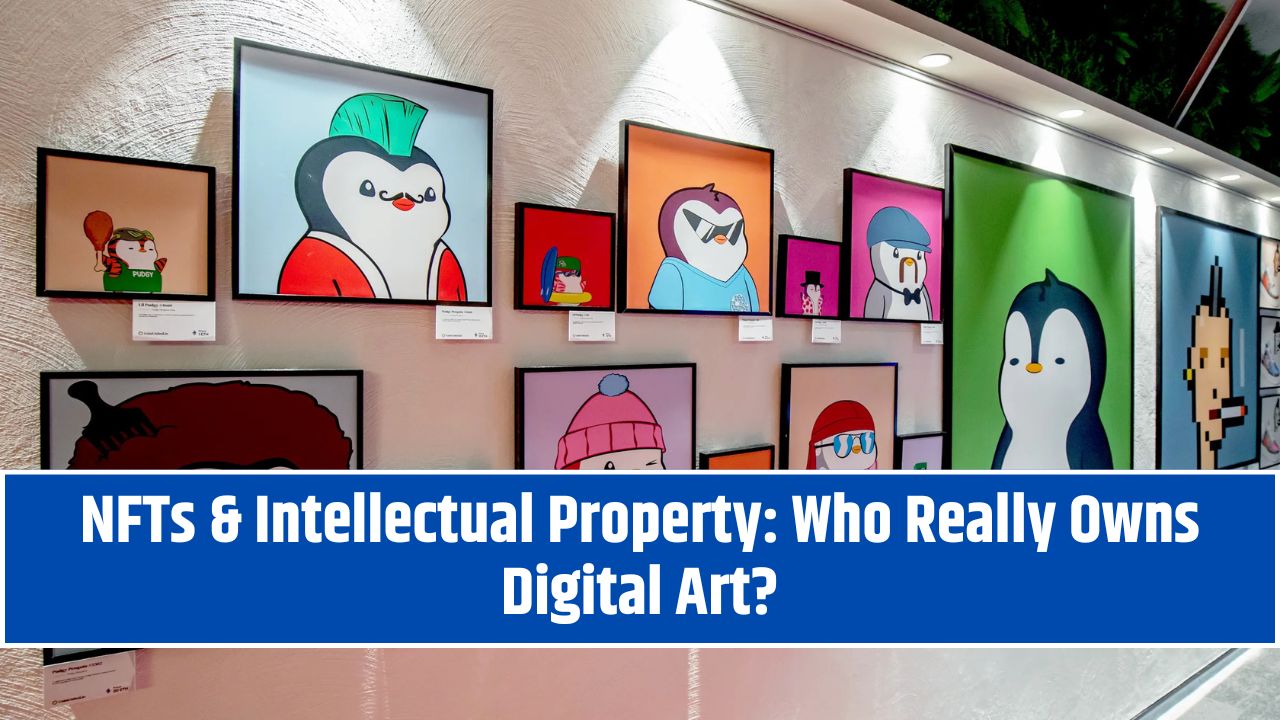So you bought an NFT.
Or maybe you’re just curious about the hype.
It’s a slick animation, a killer vibe, maybe even a 1-of-1 collectible that cost more than your rent. You’re now part of that elite Web3 club, right?
But wait… do you actually own the art? Like, can you print it on merch? Use it in a movie? License it? Or—brace yourself—is it just a receipt with a link?
Welcome to the tangled world of NFTs and intellectual property (IP)—where law, code, art, and digital ownership collide in confusing, often misunderstood ways.
Let’s break it down, plain and real:
Who really owns what? And what can you actually do with that NFT?
First Off… What Is an NFT Really?
NFT = Non-Fungible Token.
Translation: a digital asset that’s unique and can’t be swapped 1:1 like Bitcoin or dollars.
It’s a token (a chunk of code on the blockchain) that usually links to:
- A digital artwork
- A video
- A song
- A collectible
- Or even a JPEG of a rock. (Yup, that happened.)
BUT: The NFT doesn’t contain the art itself. It usually points to a file stored off-chain (like on IPFS or even a regular server).
So technically, your NFT says:
“This wallet owns a token that points to this image.”
Not quite the same as owning the image itself.
So, Who Actually Owns the Copyright?
Here’s the hot truth:
Buying an NFT does not automatically give you copyright ownership.
Unless the creator explicitly transfers copyright to the buyer (and that’s super rare), the original artist still holds all the intellectual property rights.
Just like when you buy a physical painting—you can hang it in your house, but you can’t legally make t-shirts with it or sell copies without permission.
NFT Buyer ≠ IP Owner
Let’s say you buy a dope anime-style NFT.
Unless the license says otherwise, you can’t:
- Use it commercially (sell it on shirts, mugs, ads)
- Modify it or create derivatives (make it into a comic series)
- Prevent others from right-click saving it
- Claim authorship or ownership of the underlying art
You can:
- Resell it
- Show it off (flex it on Twitter, use it as a PFP)
- Access whatever perks the creator offers (event invites, games, exclusive drops)
Bottom line: Owning the NFT = access + ownership of the token.
Owning the art = a completely different thing, governed by copyright law.
The Licenses That Actually Do Matter
This is where things get juicy—and where every NFT project is different.
Let’s look at a few common types:
1. Personal Use License
You can display the art. That’s it.
- NO commercial use
- NO edits or derivatives
- Just show it off online, make it your wallpaper, flex it in your MetaMask wallet
Example: Some early art NFTs on platforms like Foundation or SuperRare
2. Commercial Use License (Limited)
You can sell merch or use it commercially up to a certain $ amount.
- Often capped at $100K–$500K per year in revenue
- Still owned by the original artist
- Artist can set limits or revoke rights if breached
Example: Some PFP projects like Cool Cats or World of Women offered semi-commercial rights
3. Full Commercial Rights (a la BAYC)
You can do whatever you want with your NFT’s art—make a brand, start a business, create a comic, etc.
- The IP is licensed, not transferred, but you can build with it
- Limited to the NFT you own (not the whole collection)
- Must stop using it if you sell the NFT
Example: Bored Ape Yacht Club — which is why you’ve seen apes on booze bottles, streetwear brands, and music videos
4. CC0 (Creative Commons Zero)
Total freedom. No rights reserved. Anyone can use the art—even people who don’t own the NFT.
- No restrictions at all
- Great for open-source creativity, not ideal if you want exclusivity
- Artist gives up all copyright rights voluntarily
Examples: Goblintown, Nouns, Loot
If you’re buying into a CC0 project expecting exclusivity or legal protection, you’re gonna have a bad time.
Why This Really Matters (Especially to Artists & Buyers)
For Artists:
- Be crystal clear about what rights you’re selling (or not selling)
- Use platforms that support license customization
- Protect your copyright if you plan to keep it
For Buyers:
- Always read the terms of the sale
- Don’t assume you own more than the token
- If you want to build a brand or monetize the art—make sure you’re legally allowed to
If it’s not spelled out in writing (on-chain or off-chain), assume you don’t have commercial rights.
Web3’s Big Opportunity: Redefining IP (If We Don’t Mess It Up)
The NFT space has the potential to shift IP dynamics in huge ways:
- Artists can embed licenses directly into smart contracts
- Buyers can unlock utility + community + creative rights
- DAOs can vote on collective IP decisions
- AI-generated art can be tracked and licensed fairly (in theory…)
But right now?
We’re still in the messy middle. Lots of confusion. Tons of assumptions. Not enough clear contracts.
And that’s dangerous—for both creators and collectors.
Final Thoughts: Digital Ownership ≠ Legal Ownership
An NFT might prove you own the token…
But it doesn’t prove you own the art—unless the IP says so.
In Web3, flexing your NFT is easy.
Understanding your rights? That’s the real power move.
Before you mint, flip, or launch a project:
- Know your rights
- Read the fine print
- Respect the artists
- Don’t assume




